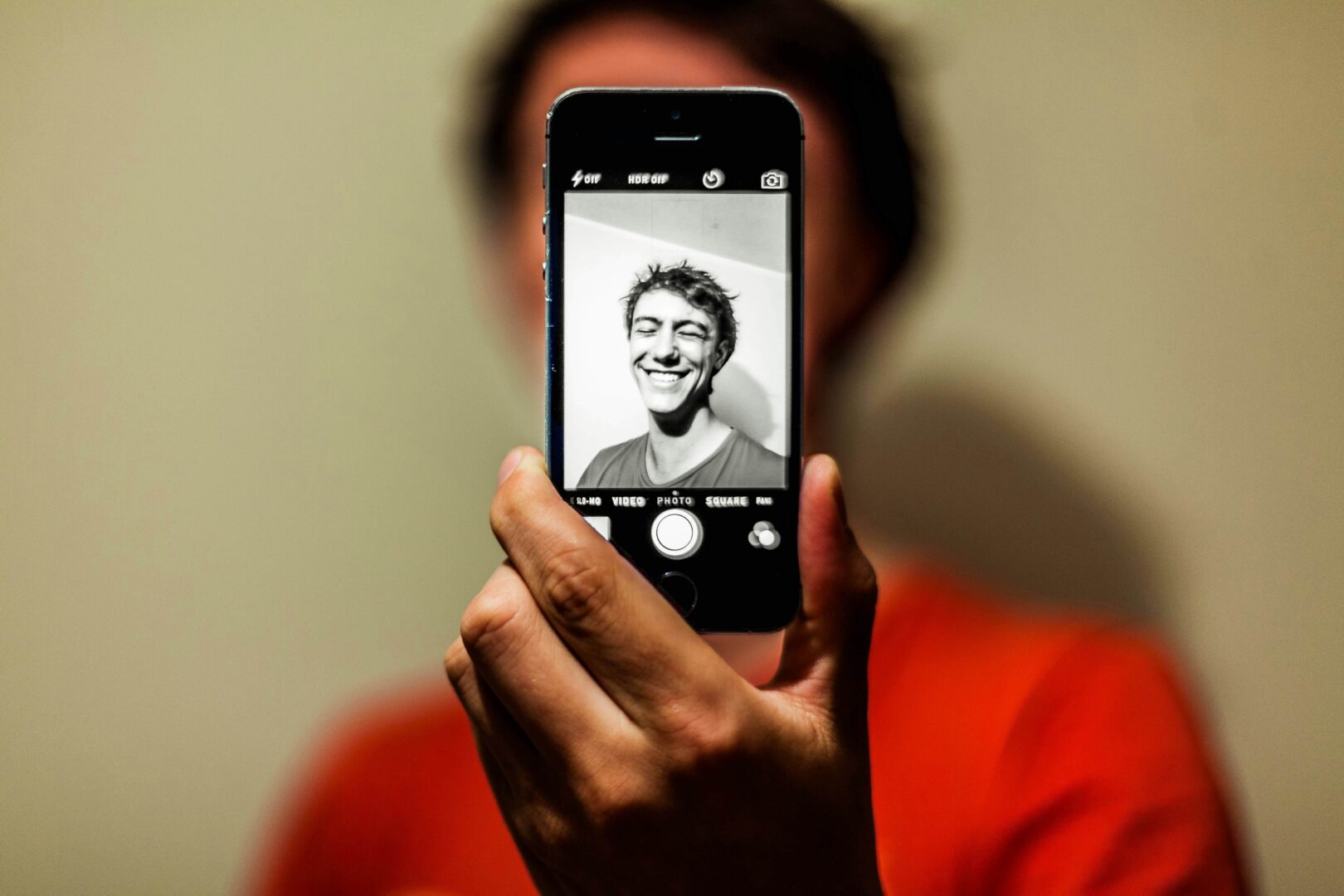It will have been difficult to miss the latest news surrounding what can only be described as a scandal within the royal palace. They’ve been caught not just once, but twice, tinkering with publicly released images. And who knows? There might even be more counterfeit royal visuals lurking in the shadows.
First, there was the curious case of Kate Middleton seemingly photoshopped into a Mother’s Day snapshot, presumably to fill her absence from the scene. Then, a newfound image surfaced featuring the late Queen alongside her numerous great-grandchildren. However, it’s now apparent that this family gathering never occurred, or if it did, not for this particular image.
This all begs the question: How does one spot a digitally altered image? This is an important point, and not just for spotting fake royal snaps. Failure to spot these could result in the spread of false news, causing the wider dangerous spread of misinformation.
As digital altering software continues to become more advanced, distinguishing between authentic and tampered-with images has become increasingly challenging. As such, it’s important to get to grips with the skill of spotting digitally altered images, whether they surface on social media platforms, in advertisements, or elsewhere.
Luckily, several telltale signs can help you identify manipulated snaps. Here are the top 12 tips to spot a digitally altered image.
1. Utilise Fake Image Detection Tools
Let’s start with the most straightforward approach: employing specialised tools designed to detect altered images. These tools can do the heavy lifting for you, being designed to spot discrepancies. Visit TechRound to explore our curated selection of the top 10 image detection tools.
2. Scrutinise Shadows
Shadows often reveal telltale signs of image manipulation, as evidenced by the recent scrutiny of edited royal images. Pay close attention – are there inconsistencies in shadow and lighting placement? For instance, do you notice shadows where natural sunlight wouldn’t cast them?
3. Watch for Distortion
Perhaps one of the clearest indicators of digital manipulation is distortion. Look for areas within the image that appear unnaturally blurred or distorted, indicating potential alterations.
4. Spot Pixelation
Digital alterations often lead to pixelation issues, where changes fail to seamlessly blend with the original image. Even subtle pixelation errors can become clear, especially upon zooming in. Make sure to watch out for telltale signs such as jagged edges.
5. Has it Been Flipped?
It is common for digitally altered images to be flipped, but this can be relatively easy to spot thanks to the inconsistency it leaves in the image. For example, has something been flipped in an image but this isn’t mirrored in its reflection? This is a big red flag for digital manipulation.
6. Use Reverse Image Search
Employ reverse image search tools to uncover similar or even identical images online. If the image has previously been published under different pretences, it can subsequently become clear that the image at hand has been manipulated.
More from Guides
- How to Onboard Remote Workers In Less Than a Day
- How to Apply For Startup Grants In Europe
- Five Practical Steps to Maximise Your Machine Learning ROI
- What Is a Founders’ Agreement and Why Is It Important?
- Product-Led Vs. Sales-Led Growth: What’s the Difference?
- How to Apply For Startup Grants In the UK
- Why Are More Professionals Turning To Online Therapy?
- How To Work Out Compensation for Startup Team Members
7. Spot Background Gaps
When an image undergoes digital alteration, particularly if sections have been copied and pasted, gaps may be left where the integration isn’t seamless. These awkward voids often appear as black or blank spots, serving as suspicious markers for manipulation.
8. Identify Unnatural Colours
An area of colour that doesn’t seem to match its surroundings, such as an area of green in someone’s hair, can serve as a telltale sign of digital manipulation.
9. Are There Inconsistencies?
Be vigilant for any inconsistencies that catch your eye. Are elements different in various parts of the image? For instance, is a brand of drink bottle one shape in one person’s hand but appears differently elsewhere? This could be another red flag.
10. Check the Metadata
All digital images contain metadata, which can be thought of as akin to a digital footprint. A manipulated or fake image may have next to no metadata or metadata that seems to be inconsistent with the image it is describing, so look out for this.
11. Beware of AI-generated Images
For all the advancements in artificial intelligence (AI), this technology hasn’t quite got to grips with generation images.
This has led to some general amusement in looking at the images generated by AI systems, especially those depicting humans which often resemble something closer to a nightmare, with misplaced fingernails or elongated teeth. AI also struggles to comprehend the uses of objects, sometimes depicting absurd scenarios like attempting to fix a car with a lightbulb.
Explore more about the problems AI has with image generation at TechRound.
12. Trust Your Gut!
As humans, we interact with digital images daily. If something strikes you as off, chances are, it probably is. As digital manipulation becomes increasingly sophisticated, it’s essential to stay on your guard when checking out images online. Trust your instincts, and if something seems amiss, don’t hesitate to investigate further.

